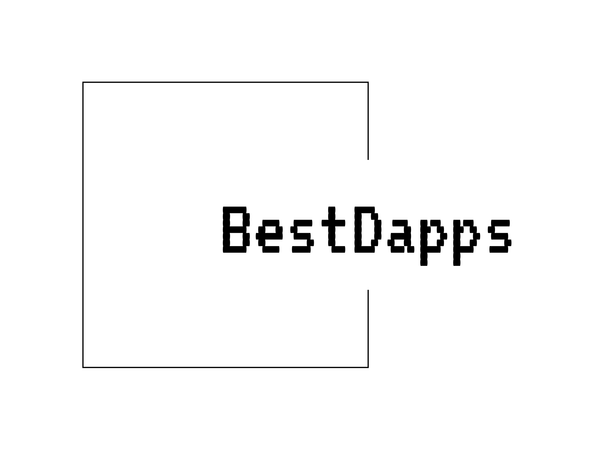
GLCX4 Governance: Empowering Decentralized Decision-Making
Share
GLCX4 Governance: How Decentralized Decision-Making Shapes the Ecosystem
Governance is a central aspect of any blockchain ecosystem, and GLCX4 is no exception. As decentralized finance (DeFi) and blockchain networks evolve, governance models play a crucial role in determining the future of projects, how they are managed, and their overall sustainability.
Understanding Governance in GLCX4
Blockchain governance generally falls into two categories: on-chain and off-chain. On-chain governance involves voting mechanisms directly encoded into the blockchain, whereas off-chain governance relies on community discussions and developer decision-making.
GLCX4 employs a governance system that incorporates elements of both models. Token holders are given voting rights that influence network proposals, changes to protocol parameters, and potential upgrades. Like many blockchain projects, the level of decentralization in GLCX4 governance is frequently debated, with concerns over whether decision-making truly reflects the wider community or if larger stakeholders wield disproportionate influence.
The Role of GLCX4 Token Holders
Governance participation in GLCX4 is usually driven by token ownership. Token holders can delegate votes, submit proposals, or vote directly on key network matters. However, one of the persistent challenges in governance systems like this is voter apathy, where only a small fraction of participants engage in decision-making processes.
Another question arises regarding governance token distribution. If a small number of holders account for a majority of the voting power, governance effectiveness can be skewed towards the interests of major stakeholders rather than a truly decentralized community. This is a common issue in decentralized governance structures and has been a relevant concern in similar projects such as GLCX3 Governance.
Challenges Facing GLCX4 Governance
Decentralized governance models aim to be open and inclusive, but in practice, there are several roadblocks:
- Low Voting Participation: Many governance proposals see low engagement, leading to decisions being made by a handful of active voters.
- Governance Complexity: The technical nature of blockchain governance may discourage average users from participating, especially those unfamiliar with smart contracts and governance mechanics.
- Centralization Risks: If governance control is concentrated among a few entities, GLCX4’s decentralized model could be called into question.
Comparing GLCX4 Governance to Other Blockchain Models
Projects like GLCX3 and GLCX2 have similar governance frameworks, where community involvement is encouraged but not always fully realized. Articles such as GLCX2 Governance have explored how different blockchain governance models attempt to balance decentralization with efficiency.
Blockchain networks that rely on decentralized governance often face difficulties in implementing critical updates due to prolonged voting processes or lack of consensus. Such governance inefficiencies can hinder development timelines and decision-making speed.
Final Thoughts
GLCX4 governance reflects both the opportunities and challenges inherent to decentralized decision-making. While governance models like this offer greater transparency and community input, the actual impact of collective decision-making often depends on voter engagement and the distribution of governance tokens.
